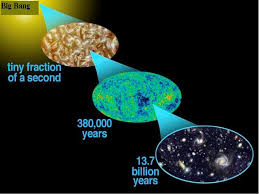Speaker
Описание
GW190814 secondary component as Neutron star with
Hadron-Quark phase transition.
Ishfaq Ahmad Rather
ishfaqrather81@gmail.com
Department of Physics, Aligarh Muslim University,
Aligarh-202002, India.
The recently observed gravitational wave event GW190814 has a secondary com-
ponent with a mass in the range 2.50-2.67M , which lies in the mass gap region
raising the question as whether it is a supermassive neutron stars or a light
black hole. In this context, I study the properties of the Neutron star(NS) with
Hadrons along with a Phase transition to Quark matter. The NS properties
are calculated using the density-dependent relativistic mean-field model (DD-
RMF) for the hadronic matter . The Quark matter is studied by employing
the Vector-Enhanced Bag model (vBag). The phase transition properties of the
mixed Equation of State (EoS) are studied using both Maxwell and Gibbs mech-
anisms. The maximum mass of neutron star with the used DD-RMF parameter
sets is found to be around 2.55M for pure hadronic phase and around 2M for
hadron-quark mixed phase using both Gibbs and Maxwell construction. The
tidal deformability for the hybrid EoS at 1.4M , Λ 1.4 , remains unchanged from
the pure hadronic EoS with Maxwell construction, but decreases with the in-
creasing neutron star mass for Gibbs construction. Thus while the pure hadron
matter EoS satisfies the mass constraint from recently observed GW190814 data,
the star matter properties for the hadron-quark phase transition satisfy the con-
straints from the recent observations GW170817. Therefore, we cannot exclude
the possibility of the secondary object in GW190814 as a neutron star composed
of hadrons and quarks.

